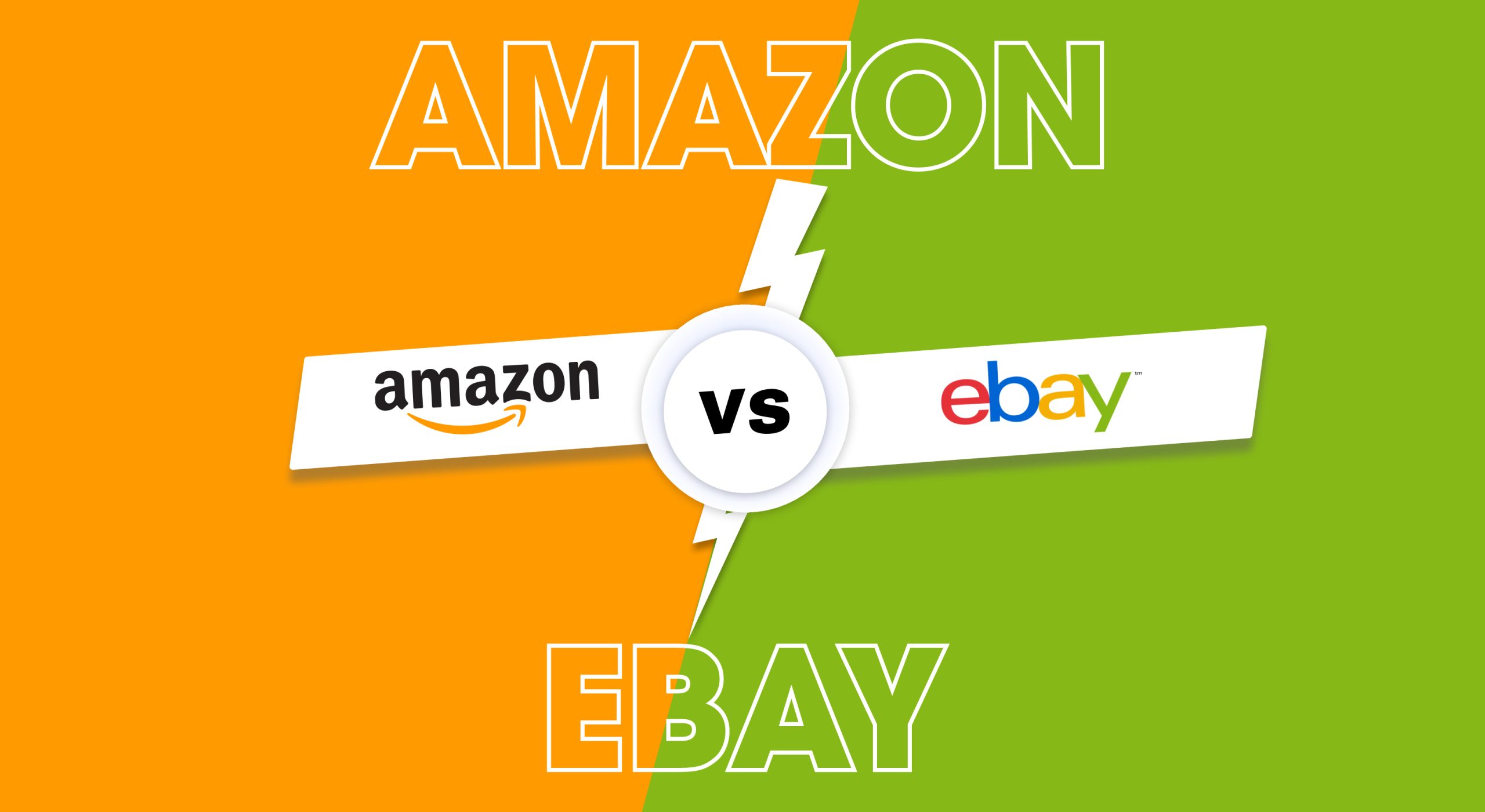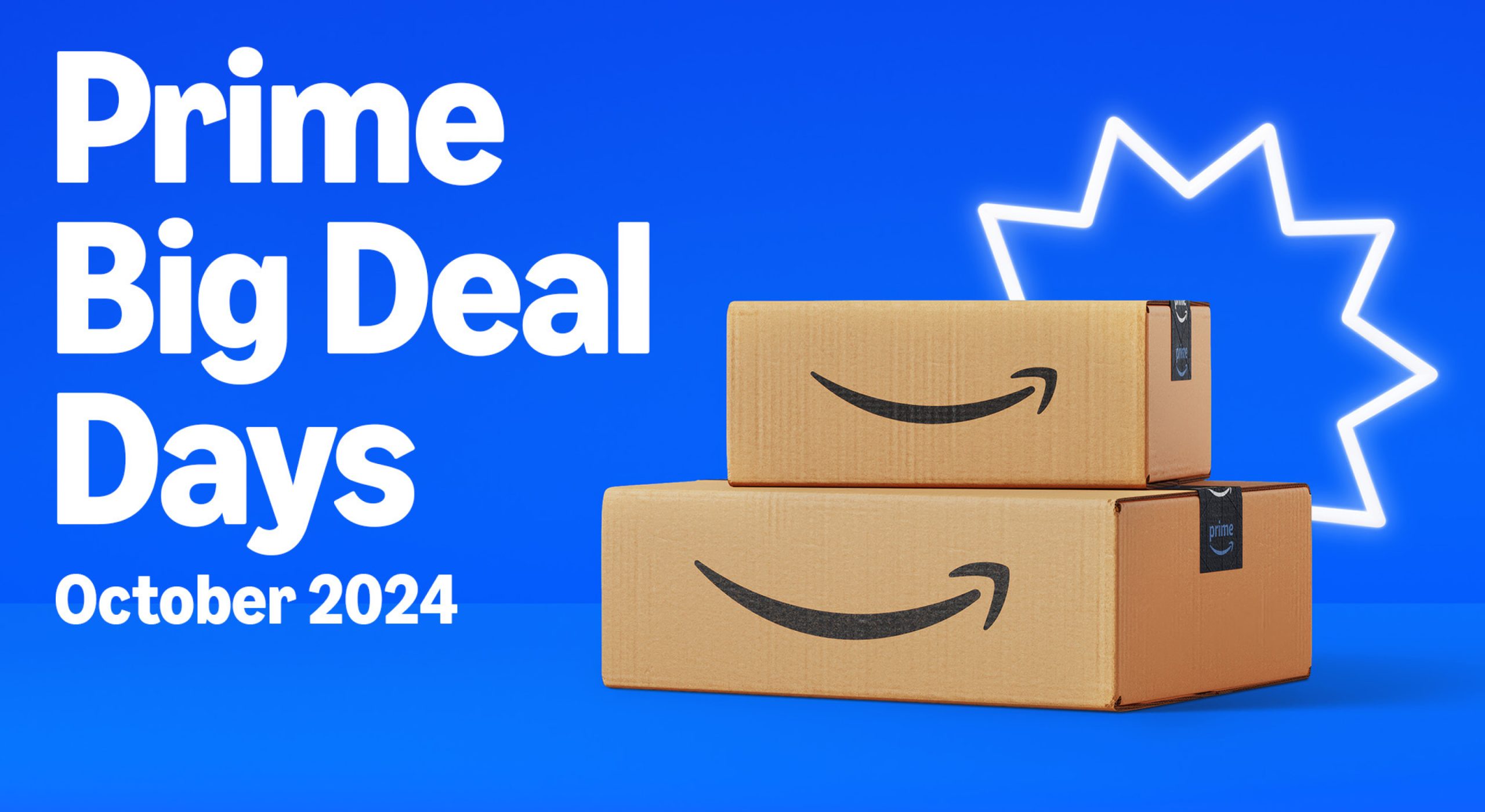Tariff talks aren’t over yet. It’s still the hot topic as of today.
Sellers are panicking on what its effect could be for them. But should everything about tariffs be a negative thing? Today, we’ll tackle how these shifts could actually give you an advantage.
- How tariff shifts could hand you a sales advantage 📈
- 15% off + FREE reviews 🎯
- Sellers shift stock to Canada to dodge tariffs 📦
- Retail shortages are coming—will sellers be ready? 🛒
- How quality assurance can be your secret weapon for ecommerce success ⚔️

TRENDING TOPIC
New tariff pressures are shaking up global supply chains—and for Amazon sellers, that could mean opportunity. According to Helium 10, recent U.S. tariff hikes on goods from certain Asian countries have already triggered Amazon to cancel orders from some overseas vendors. 📦
Here’s what’s happening—and how to get ahead:
🌀Amazon vendor cuts + seller hesitation
- Amazon quietly canceled orders from Chinese and Asian vendors—likely to avoid higher costs.
- Many sellers are now delaying inventory purchases, waiting to see if tariffs get reversed.
- Expect out-of-stock issues on certain products, opening the door for well-prepared sellers.
🚀 Inventory = instant advantage
If you already have U.S.-based inventory or stock at FBA, you’re in a prime spot. Out-of-stock competitors = more eyeballs (and orders) for your listings.
🌎 Shein, Temu, and cheap imports take a hit
- New May 2 rules slap 90% duties—or a flat $75 fee—on low-cost direct imports.
- Customers could face longer shipping delays, surprise fees, or even post office pickups.
With cheap platforms getting pricier and slower, frustrated customers are likely to shift back to Amazon. Smart sellers who manage stock and pricing well could scoop up those extra sales. 🎯

TOGETHER WITH REVIEWSCOOP
15% off + FREE reviews to jumpstart your sales

Getting noticed on Amazon takes more than pretty pictures and clever keywords. The real game-changer?
High-quality product reviews. 💯
If you’re just starting out, don’t worry—ReviewScoop has a special deal just for you:
🌟 15% off all plans
🌟 3 FREE 5-star reviews from real, verified testers
What you get:
✔ Effortless review process—you focus on your business, we handle the rest
✔ Verified reviews starting at $199/month
✔ Ongoing reviews to keep you ahead of the curve
Stand out. Sell more. It’s time to let your reviews do the heavy lifting.

BITES OF THE WEEK
- Limited Exemptions: China is waiving the 125% tariffs on some U.S. imports and U.S. may follow suit.
- Short and Sure: Shippers are opting for stable short-term agreements rather than long-term shipping contracts.
- Costs of Misclassification: Mistakes in freight classification could bleed your business slowly but surely. Here's how to prevent it.
- Designated Roles: Learn about the two types of Brand Registry Roles and how to assign them.

BLACK MARKET
Sellers shift stock to Canada to dodge tariff

With tariffs on Chinese goods soaring as high as 145%, Amazon and Walmart sellers are getting strategic. According to Moneycontrol, many are moving inventory into Canada to bypass massive U.S. import duties—and protect their margins ahead of peak sales seasons. 📈
Here’s the latest seller playbook:
🛃 Bonded warehouses: your duty-free ally
Sellers are taking advantage of Canada's bonded warehouse system. Goods can sit there without paying duties and be re-exported. This includes into the U.S.—without incurring tariffs if they move within the right timeline. Some programs even offer duty relief if items are exported within four years.
- Flexport reported a 50% jump in shipments from China to Canada last week.
- More sellers are clearly testing the Canadian workaround as trade war pressures build.
🕒 A smart, temporary fix
With U.S. bonded warehouse space drying up, Canada offers a cost-effective buffer zone. Sellers can stash goods nearby without choking on tariff costs. This will also buy crucial time while shifting sourcing to lower-tariff countries like Vietnam or India.
🎯 Smart moves for sellers
- Avoid paying brutal upfront U.S. tariffs. By storing goods in Canadian bonded warehouses, sellers delay or dodge paying steep U.S. tariffs entirely. This keeps upfront costs low and margins healthier.
- Keep inventory close for fast holiday season restocks. Having products nearby in Canada means sellers can quickly move stock into the U.S. when demand surges, especially during peak seasons like Black Friday and Christmas.
- Limit risks if policies shift after elections. If trade policies change after the 2025 elections, sellers with inventory still outside U.S. customs control can quickly adapt. This is either by rerouting stock or avoiding unnecessary duties.
Stockpiling in Canada isn't a perfect solution—but it’s a powerful tool if you're playing the long game. Savvy sellers who move fast could maintain stronger margins while others scramble to catch up. ⏳

ECOMMERCE NEWS
Retail shortages are coming—will sellers be ready?

Based on a CNBC report, the ripple effects of the U.S.–China trade war are catching up. While major retailers like Home Depot, Walmart, and IKEA scramble to secure goods, Amazon sellers could see new opportunities (and risks) depending on how quickly shelves start to empty.
Here’s what’s unfolding—and why strategic inventory moves matter more than ever.
🚧 China slowdown puts pressure on the pipeline
- Manufacturing orders from China are plummeting.
- Freight sailings from Asia to the U.S. are dropping fast.
- But the shelves aren’t empty—yet. Companies stocked up heavily, creating a short-term cushion.
🛍️ Footwear and apparel: First in the line of fire
Clothing and shoes are extremely vulnerable. China supplies 37% of U.S. apparel imports and 58% of footwear—meaning these categories could show shortages first if tariffs stay high.
- The average tariff rate on apparel and footwear is about 18.5%, often much higher with added duties.
- Companies had almost no time to move production, setting up major price hikes.
💰 Brands bet on big buys
Based on SONAR shipping data, major retailers like Walmart, Target, and IKEA have rushed in last-minute orders to buffer against shortages.
With all these, sellers should watch out for the following:
- Low-cost categories = fast pain. Toys, cheap clothing, and home goods will show empty shelves faster.
- Inventory flexibility is key. Sellers able to pivot to new suppliers—or already stocked—can win big.
- Consumer behavior shifts. Price-sensitive shoppers may delay purchases or hunt for deals, making value positioning essential.
If tariffs cool down, supply chains could stabilize—but if they don’t, sellers with adaptable sourcing strategies and strong inventory plans will have the upper hand. Stay flexible, monitor price-sensitive niches closely, and position yourself for the wave. 🏄🏼

ACTIONABLE ADVICE
How quality assurance can be your secret weapon for ecommerce success

According to Ecommerce Fastlane, in e-commerce, a single glitch can lose a customer for life. Investing in sharp quality assurance (QA) practices helps sellers protect their reputation, boost conversions, and stay ahead of the competition. 🔥
💪 Why QA is tougher in ecommerce
- Huge product variety. Every product listing must stay updated with accurate details and dynamic promotions, even as inventory changes daily.
- Rapid updates. Flash sales and seasonal drops demand fast deployments without introducing bugs.
- Cross-platform challenges. Websites, mobile apps, and marketplaces like Amazon all require flawless, consistent experiences.
- Demanding shoppers. Broken links, errors, or slow pages mean instant cart abandonment and bad reviews. 🙅🏻♀️
- Third-party dependencies. Payment gateways, shipping tools, and marketing integrations must work smoothly, even when external partners make changes.
- Traffic spikes. Peak periods like Black Friday can crash unprepared sites — load testing is essential.
- Customer communication. Every email and SMS — from order confirmation to returns — must be tested for accuracy and reliability.
✅ Ecommerce QA best practices
- Create a full QA strategy. Plan testing across all customer touchpoints.
- Mix automated and manual testing. Balance speed and human insight.
- Test across platforms regularly. Guarantee consistency on web, mobile, and third-party stores.
- Prioritize security compliance. Safeguard customer data and trust.
- Monitor performance continuously. Spot and fix issues before shoppers do.
- Focus on user experience. A smooth journey = more sales.
- Integrate QA into DevOps. Catch bugs early and release faster.
Sellers who treat QA as a growth lever—not just a checkbox—will dominate in an increasingly crowded marketplace. Get proactive now to stay polished, protected, and profitable! 💸








